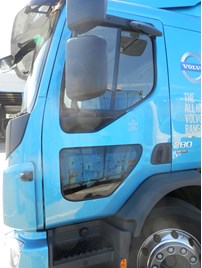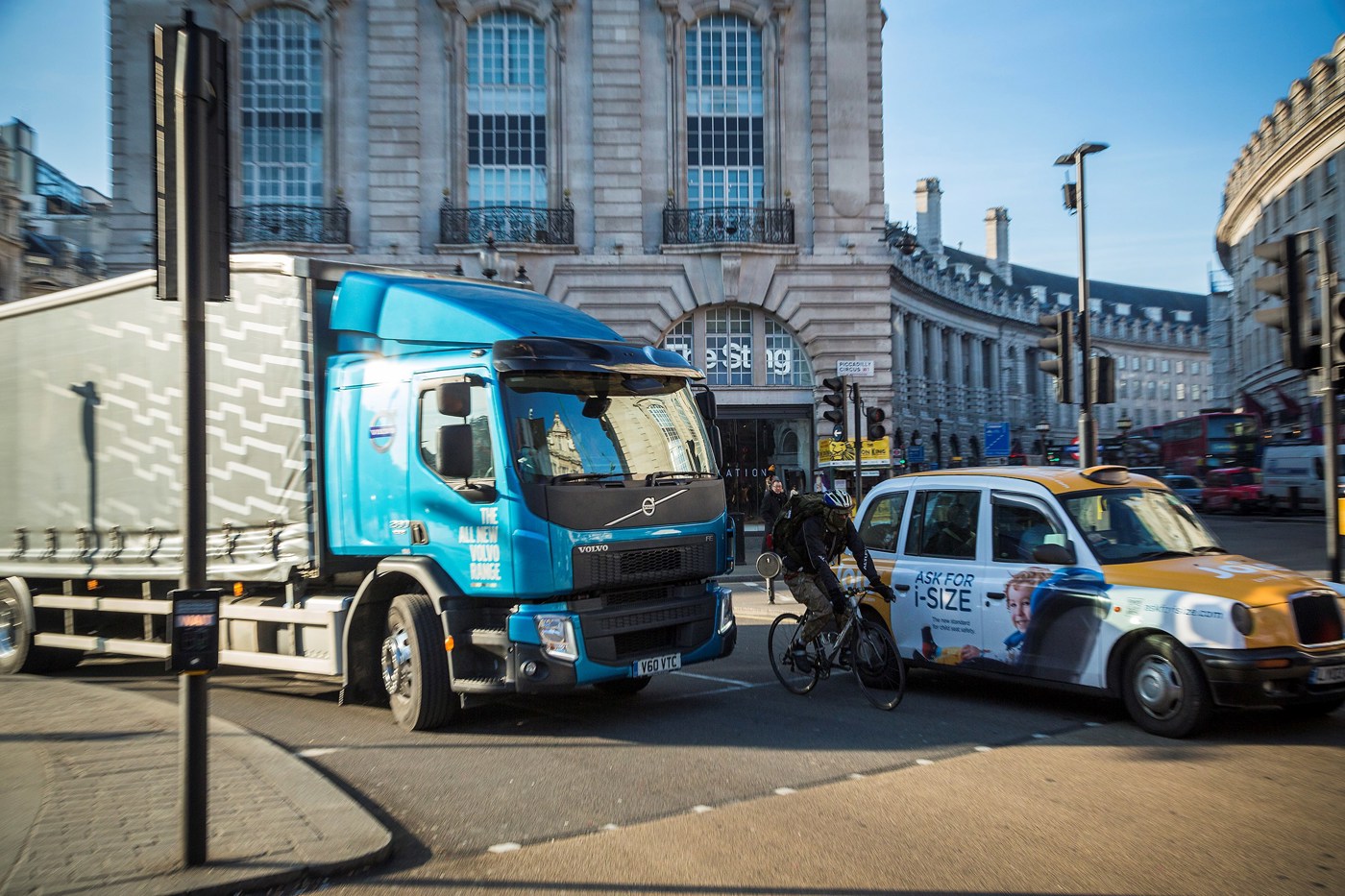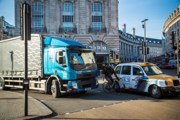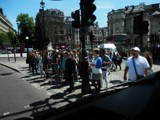What’s it like to drive a truck around London and its growing cyclist population? We decided to find out with the assistance of Volvo Trucks, which lent us two vehicles to test on the capital’s congested roads.
London is leading the way on efforts to improve cyclist safety. As we discover in last month’s Commercial Fleet, some of its initiatives are likely to be rolled out to other cities – among them CLOCS, the Construction Logistics and Cyclist Safety scheme.
London mayor Boris Johnson’s Vision for Cycling sets out a vast programme of work, backed by £913m of investment to transform the experience of cycling in the capital. Safety is at the core and the vision aims to cut the number of people killed or seriously injured on London’s roads by 40% by 2020.
Examining the theory is one aspect of the equation but, for greater insight into the issue, we took a midweek drive through the streets of London.
Volvo Trucks provided a couple of trucks fitted with the latest pedestrian/cyclist-aware technology: a FL-210 5.0-litre 12-tonne 4x2 Rigid Box with tail-lift and the heavier FE-280 8.0-litre 18-tonne 4x2 Rigid Curtainsider.
 The Volvo FE has lower windows fitted on the nearside door
The Volvo FE has lower windows fitted on the nearside doorBoth trucks had standard mirrors, plus Class V and Class VI rear-facing cameras and sensors, as well as high visibility signage stressing the dangers of getting too close to the truck. They also had left indicator activated voice warning alerts advising cyclist/pedestrians the truck was turning left and to stay clear. In addition, the Volvo FE had a special lower windows fitted in the near-side door following the recommendations of CLOCS. (A lower additional window in the passenger side door on the Volvo FL is available to order.)
All this technology was to prove invaluable during the test.
Our route took us from the dealer in Hayes, west London towards central London on the A4 via Hogarth Roundabout, into Earls Court through to Piccadilly, taking in many tourist hotspots such as Trafalgar Square and Tower Bridge, finally coming out in a northerly direction along the A10 to Enfield.
It didn’t take long to realise that cyclists and motorcycle couriers want the same piece of tarmac at the same time. Driving around Piccadilly Circus, with cyclists approaching from all angles, the cameras helped enormously.
We saw cyclists nudging their way between two trucks by bouncing off the sides of the body.
The main areas of conflict took place at the traffic lights. As the lights turn to red and we come to a halt, it appears to be a signal for every other road user (and pedestrian) to take the opportunity to sneak, push, clamber or simply rush to the side or in front of the truck to get that extra metre jump as the light go green – playing chicken with their lives.
Multiple times we had cyclists and motorcyclists touching truck while we were moving. Mirrors, sensors and cameras were invaluable for this purpose. They also allowed you to think for the cyclist which, as many truck drivers know, has become the norm nowadays.
Practical confirmation of the dangers manifested towards the end of the day when we were caught up in a traffic jam only to find out a motorcyclist and car had “come together” with the motorcyclist inevitably coming off worse.



















Login to comment
Comments
No comments have been made yet.